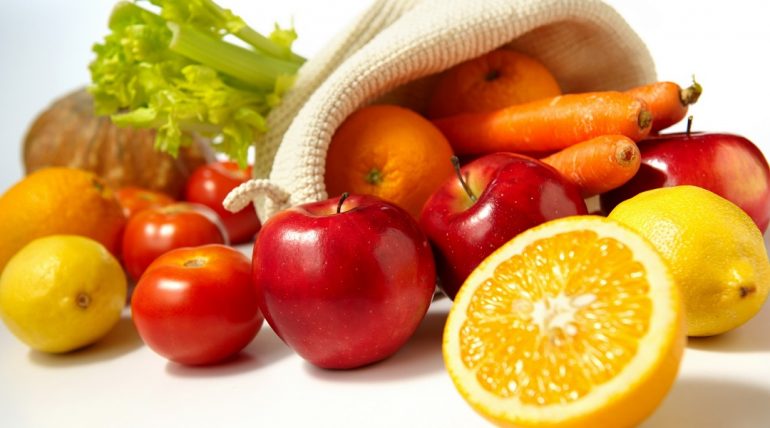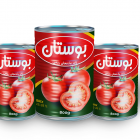Best Recommendations for the Export of Fresh Fruits and Vegetables
This publication explains the procedures for the export of fresh fruits and vegetables and the considerations that must be taken into account.
The process of exporting fresh fruits and vegetables begins with their collection. This process plays a key role in the success of the sale, so it must be planned, in such a way that the products retain their organoleptic characteristics. For this planning, aspect such as:
- Harvest indices: size, shape, color, age of the fruit, sugar content, starches, oils, etc.
- Tools and packaging suitable for collection (containers, vessels, baskets, etc.)
- Collection time: the best physiological conditions of fruits and vegetables are presented in the first hours of the day; collection should be avoided under extreme temperatures.
- Temporary storage conditions: once the product has been harvested, it must be protected from rain, wind, and sun and kept in storage conditions at a temperature below 12 ° C.
- Transport equipment: the mobilization of fruits and vegetables from the harvest area to the conditioning, packing, and storage, must be carried out in the shortest possible time.
The next process is the conditioning and packing in the plant, as the case may be.
The packaging and packaging plant must have a sufficient and technically distributed area that has the necessary infrastructure, such as:
- Product reception (unloading, weighing, inspection, and preselection).
- Conditioning (washing, disinfection, selection, etc.).
- Treatments (immersion in hot water, waxing, irradiation, drying, etc.).
- Classification (manual or mechanical).
- Packaging and palletizing.
- Cooling and storage.
The cooling stage plays a significant role in the handling of fresh products, to maintain its quality and prolong its useful life. For this, it is necessary to perform cooling quickly and store under specific temperature and relative humidity conditions for each product.
It should be borne in mind that, during the trip to the final recipient, the fruit or vegetable must remain in the same initial storage conditions, and that, therefore, when transporting to the port of shipment, in the cargo agent’s warehouses and in the main transport for export, the same temperature and relative humidity must be maintained, within the container or intermediate warehouses.
Once the cargo is conditioned and unitized, the next process is the transport of the cargo from the plant to the port of shipment, and its handling within it.
Transport should be carried out, where possible, by truck or refrigerated container, estimating the transit time in such a way that the product reaches the final destination at the optimum point for the consumer.
It is important to obtain, in advance of boarding, the reserves of space for transport; the following information is required for this process:
- Name of the exporter,
- Consignee’s Name,
- Commercial and technical name of the product to be transported and tariff classification of the same,
- Commercial or packaging unit,
- Handling characteristics,
- Type of packaging,
- Weights and volumes,
- Birthplace,
- Port of shipment,
- Port of landing,
- Freight payment, and
- Agent or representative.
It is convenient to keep in mind that refrigerated land transport equipment and containers are not designed to lower the temperature of the product, but to maintain it, so it is necessary to pre-cool the product to the recommended temperature for maintenance during storage and transport. The way to stow the product in the transport vehicle depends on the packaging, product, type, and size of the vehicle, but it must always be carefully planned and managed to minimize damage, both physical and environmental.
Finally, when it comes to handling cargo at the port of embarkation, aspects such as:
- Coordinate delivery at the points of embarkation and disembarkation.
- Establish customs and phytosanitary requirements.
- Define conditions of capacity of the merchandise.
- Determine cold storage needs.
- Establish handling and transportation for delivery to the importer or distributor.
Boustan Sabz Company works with leading brands in all areas of fruit and vegetable production. We are the most leading agriculture company with the greatest innovation in the agricultural sector. Distribution, Export of fruits and vegetables of the best quality.



